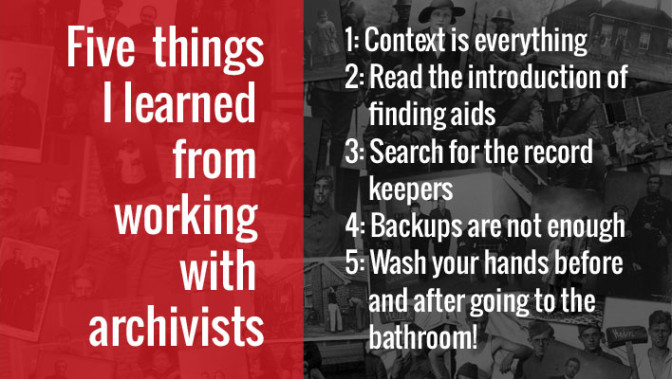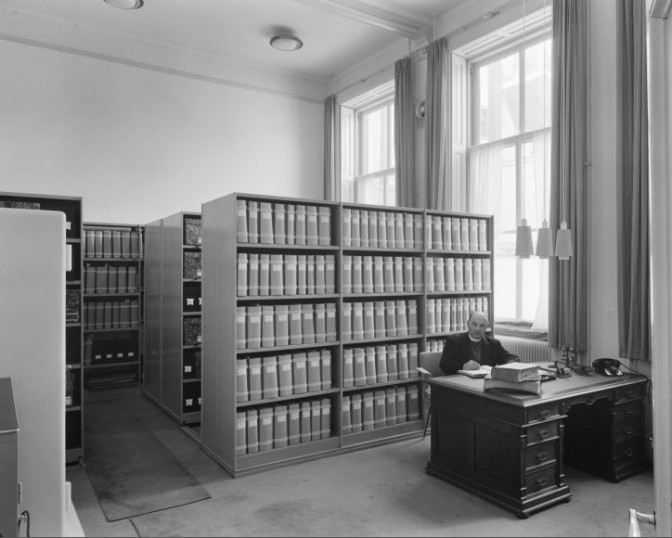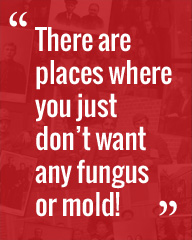During the past twenty years, I’ve had the pleasure of working with some wonderful archivists on a range of projects, both in my previous job as IT consultant and project manager at the National Archives and in my current occupation as professional genealogist. I’m not an archivist myself, but picked up some useful tips from them.

1: Context is everything
You can’t understand a record until you understand it’s context. Who created it? Why? When? What were the regulations that led to the creation of this record? Would these circumstances make the record more or less reliable?
2: Read the introduction of the finding aids
When using finding aids, many people just read the entry that a search engine found for them. When you encounter a new finding aid, take a few minutes to read the introduction and to see where the record you found is located in the hierarchy.
The introduction will often explain you what type of organization created the records and what processes they were involved in. They may list predecessors and successors or warn you about any problems with the materials, or related records in other archives.
The place in the hierarchy may tell you about the process that produced the record. Other records in the same series or subseries might be relevant too.

Credits: G.Th. Delemarre, collection Rijksdienst voor Cultureel Erfgoed (CC-BY-SA)
3: Search for the record keepers
If you are really stuck, try to think about all the official and unofficial record keepers your ancestor was in contact with.
Was she a midwife? Would there have been a college or municipality overseeing her work or appointing her?
Was he a criminal? Might there have been court records or newspapers that he was mentioned in?
See my article Find more records by understanding how records created for more inspiration.
4: Backups are not enough
Preserving digital information takes more than just creating backups. You also have to think about file formats and software so you will be able to open the documents in the future.
5: Wash your hands before and after going to the bathroom
When working with original manuscripts, be sure to wash your hands before AND after going to the bathroom. As one of my archivist colleagues put it: there are places where you just don’t want any fungus or mold!
 I make it a habit of washing my hands immediately before and after handling original documents. Make sure to fully dry your hands and wait a couple of minutes after washing before handling documents. Some repositories require the use of white gloves, but many don’t, since the loss of tactile function will increase the chance of damaging the document. Clean, dry hands are usually best. Also, don’t forget to wash afterwards, not just if you go to the bathroom but also before you have lunch. Or just do it immediately afterwards so you won’t forget.
I make it a habit of washing my hands immediately before and after handling original documents. Make sure to fully dry your hands and wait a couple of minutes after washing before handling documents. Some repositories require the use of white gloves, but many don’t, since the loss of tactile function will increase the chance of damaging the document. Clean, dry hands are usually best. Also, don’t forget to wash afterwards, not just if you go to the bathroom but also before you have lunch. Or just do it immediately afterwards so you won’t forget.


Yvette,
I want to let you know that your post is listed in today’s Fab Finds post at http://janasgenealogyandfamilyhistory.blogspot.com/2016/01/follow-friday-fab-finds-for-january-22.html
Have a great weekend!
How fun! Thanks, Jana.
Thank you for your excellent article, especially taking the time to understand the “context” of the record. All to often we accept a source and leave the context behind., Regards, Ed.